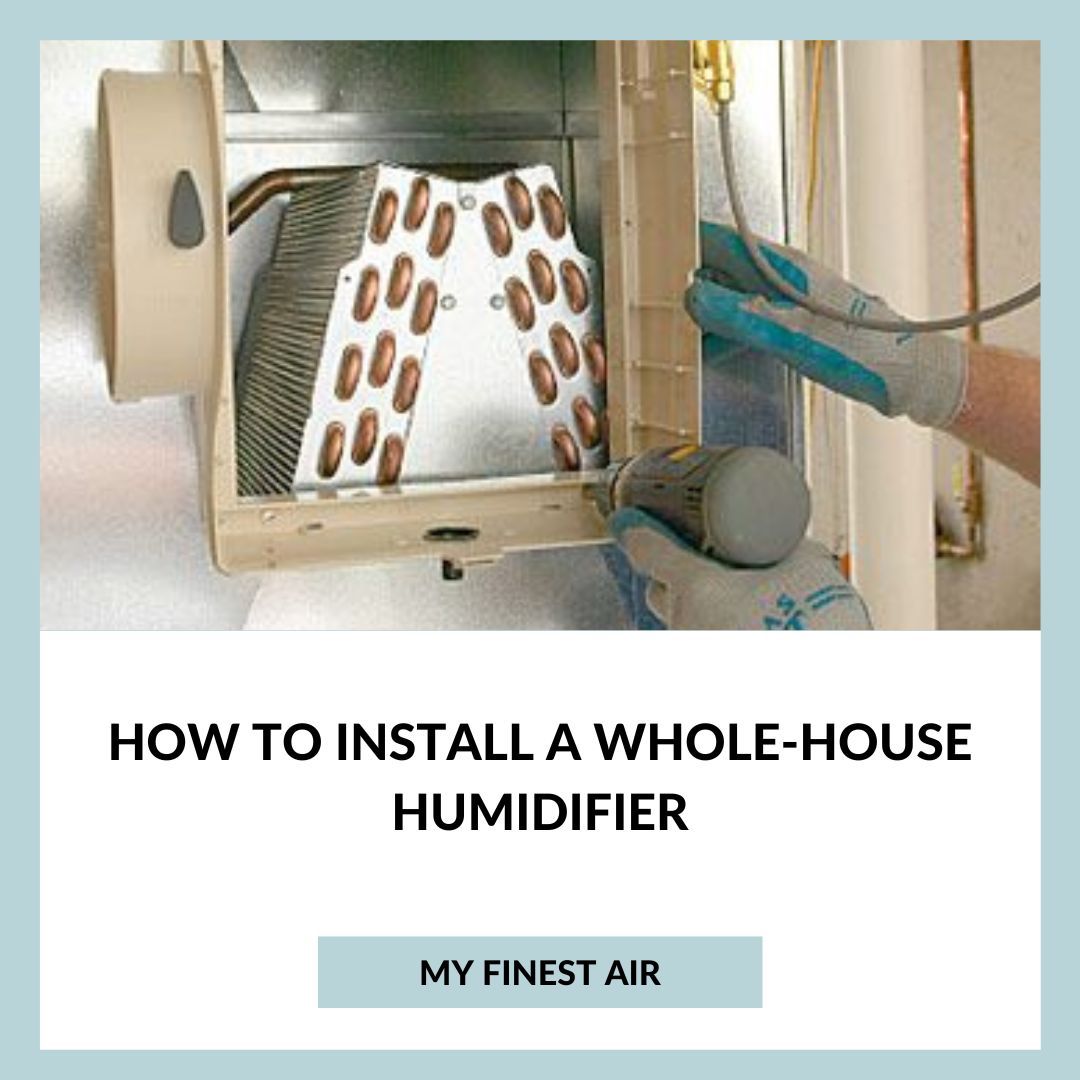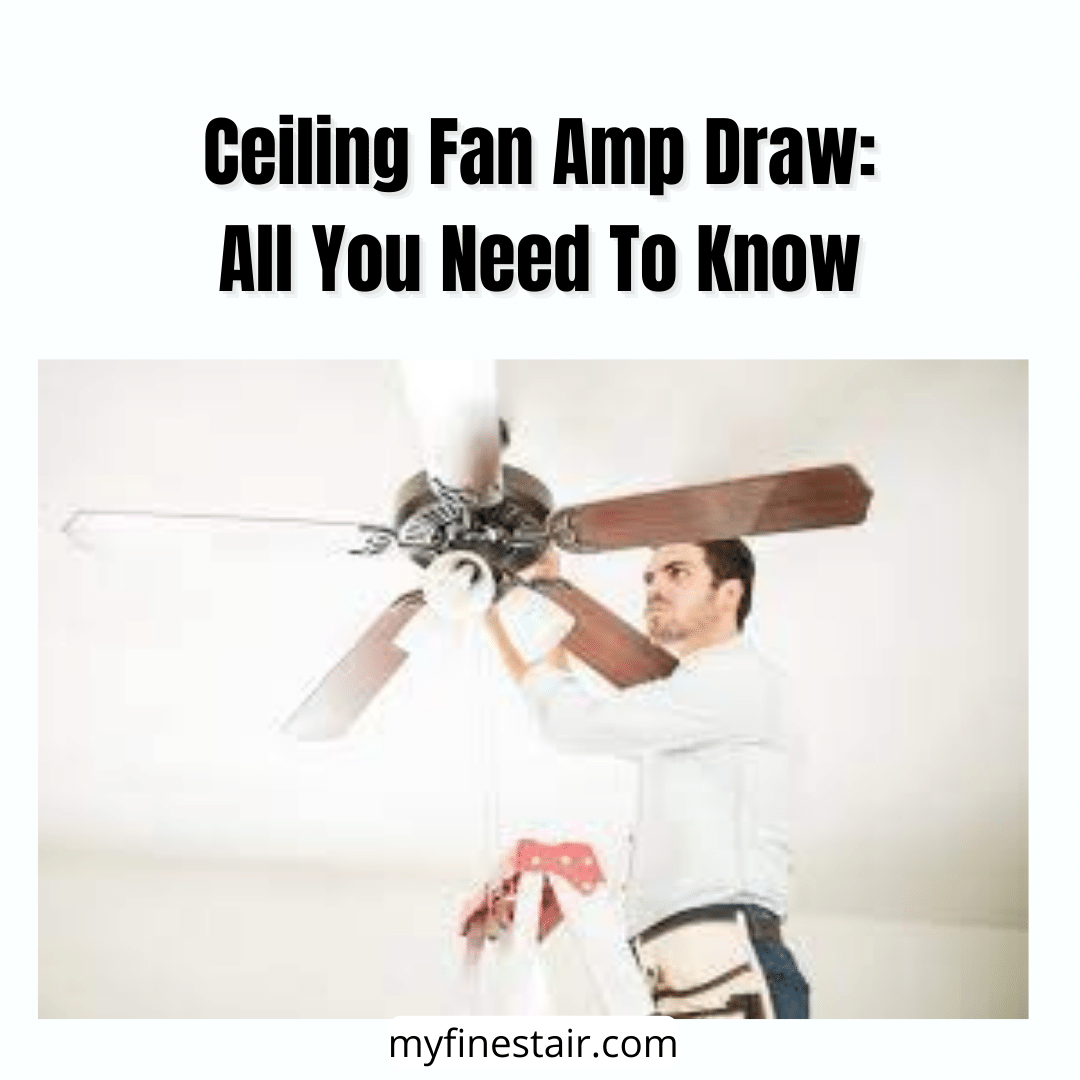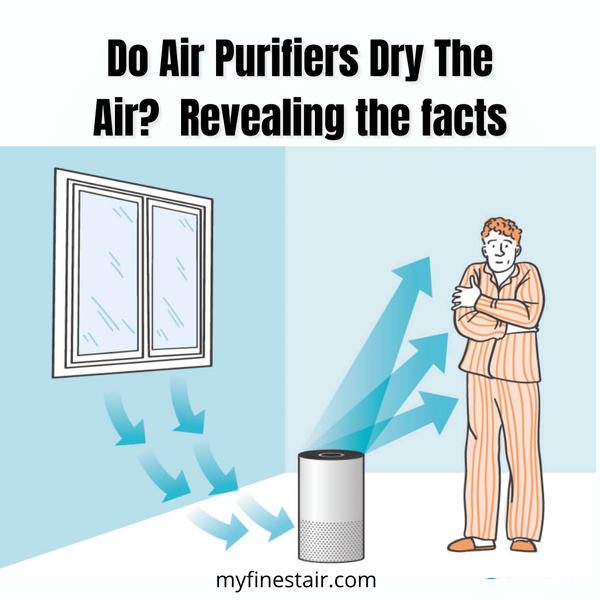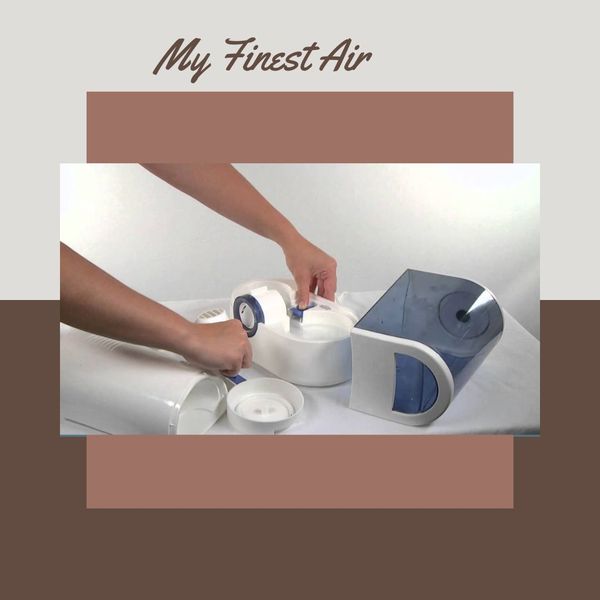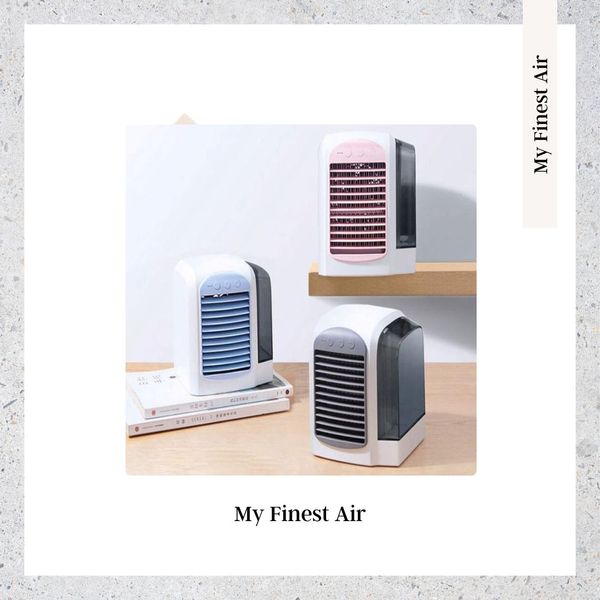These can be automatic or manual. Models with manual operants are cheaper but need to be monitored for humidity levels and user adjustment as well.
Meanwhile, automatic models include sensors that can gauge the amount of humidity in the air and adjust the levels of moisture accordingly.
Today’s humidifiers, unlike the old ones, distribute the water on demand, so you need to be concerned about the growth of mold or so in the water reservoir.
We have brought a detailed guide that will tell you how to install a whole-house humidifier
Types of Humidifiers
Most humidifiers used in households are either of the two types: drip style and drum style a drum style humidifier comprises a rotating drum that is fitted with an absorbent filter.
The drum rotates and picks up water from a reservoir regularly. The air that enters the furnace passes through the drum and brings water vapor into the heating system.
The water level in the reservoir is controlled by afloat. Meanwhile, in a drip-style humidifier, freshwater passes into a distribution tray and moves through an evaporative filter pad.
Any moisture that is not carried away by air moving into the pad drains in the drain tube.
These drum-style units are usually cheaper but need a higher level of maintenance and use water very efficiently. Either style requires regular maintenance and inspection.
Some humidifiers direct the heated air through the filter via its bypass duct path, which then redirects the heated air from the furnace back into the return air duct to help with evaporation.
While some are installed on the return air side of the furnace and the unheated humidified air passes through the furnace, heating and distributing it after that.
There is another style that includes a fan that runs self-reliant in the blower of the furnace – such humidifiers are installed at the hot air side of the furnace and do not bypass back to the return airside.
You can also visit our blog: Is It Safe To Have A Dehumidifier In The Bedroom With A Baby?
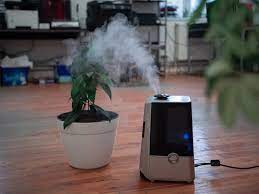
Common mistakes
1. Select an appropriate unit:
When contractors are choosing a humidifier for homes, one of the most common problems most of them face is selecting the right type of humidifier.
There are many different types of humidifiers, and each should be used in different ways. For instance, a spray is not suitable for use in an area where the water hardness is over 7 grains.
This will lead to a lot of problems as the calcium will build up in the nozzle causing the unit to drip eventually.
2. Installing properly
Many contractors are also confused about the appropriate installation of humidifiers and have questions about it.
One of the most common problems among these is about where to mount it, on the supply or return side. For most humidifiers, this does not matter substantially.
There is a negative pressure in the furnace on the return air side and a positive pressure on the warm one.
The result will be air flowing from the warm airside through the humidifier, whichever side is mounted on and back into the return side.
3. Maintenance
No matter what type of humidifier, it needs some maintenance – so do not place it in a space where servicing will be difficult. If it is unreachable, no support can be performed on it.
The ideal scenario is to get a service contract from the retailer you purchase the humidifier from. In this way, the unit can be taken care of appropriately.
Steps for Installation
The installation of a whole-house humidifier is a reasonably easy job when you have a forced-air heating system.
To install it, you need to tie the humidifier to the ductwork in addition to the drain systems and water supply.
Templates are included with the humidifier unit that can be attached to the ductwork to guide for making the cutouts for the humidistat and central evaporator unit.
Humidistat is an electronic gauge used to measure the humidity levels in the air and controls the output of a humidifier.
Installation of a central humidifier is not a tough job, but equipment manufacturers prefer hiring a professional installer to do the task.
Your warranty may be affected if you do the job yourself.
Step 1
Turn off the central air conditioner and furnace. You should trace the template of the manufacturer for the central humidifier unit on the duct as per the instructions.
If your humidifier is a bypass drip or direct drum model, the fundamental unit shall be installed on the cold airside.
However, if it comprises an independent fan, it will be installed on the hot airside. Drill a starter hole and cut the unit’s opening with snips of the aviator.
Step 2
Secure the central humidifier unit or, in other models, the housing for it, using sheet metal screws in the opening.
Step 3
If there is a bypass unit in your humidifier unit, make a cutout measuring a 6-inch diameter vent pipe in the hot air plenum, as per the specifications given by the manufacturer.
Step 4
Mount a collar in the round cutout and run the vent pipe for bypass, securing the connections using sheet metal screws.
Step 5
Install the humidistat, carefully positioning it as directed in the manufacturer’s instructions.
Step 6
Connect the furnace with the humidistat. Most humidifiers have a connection with the accessory panel on furnace controls, and they turn on automatically when the furnace blower cycles on.
Some humidifiers also run on low-voltage power and may even use a transformer to step down the accessory panel’s voltage.
Step 7
Connect the humidistat’s leads with the contacts on the solenoid valve, which is located on the humidifier unit.
Step 8
Tap in a nearby line of water supply, preferably hot but not necessary. If your local codes allow, do this with a saddle valve, or else a T-fitting.
Run the supply tube into the solenoid valve and connect the supply tubing with the compression fitting.
If there is a drain tube in your humidifier, run it in the drain opening as instructed by the manufacturer.
There is no drain line in some units as they automatically evaporate any excess water in the heating system. Once you have installed the filter, test the system, and you are all set!
Now that you know how to install a whole-house humidifier roll up your sleeves and get going!
Related:


